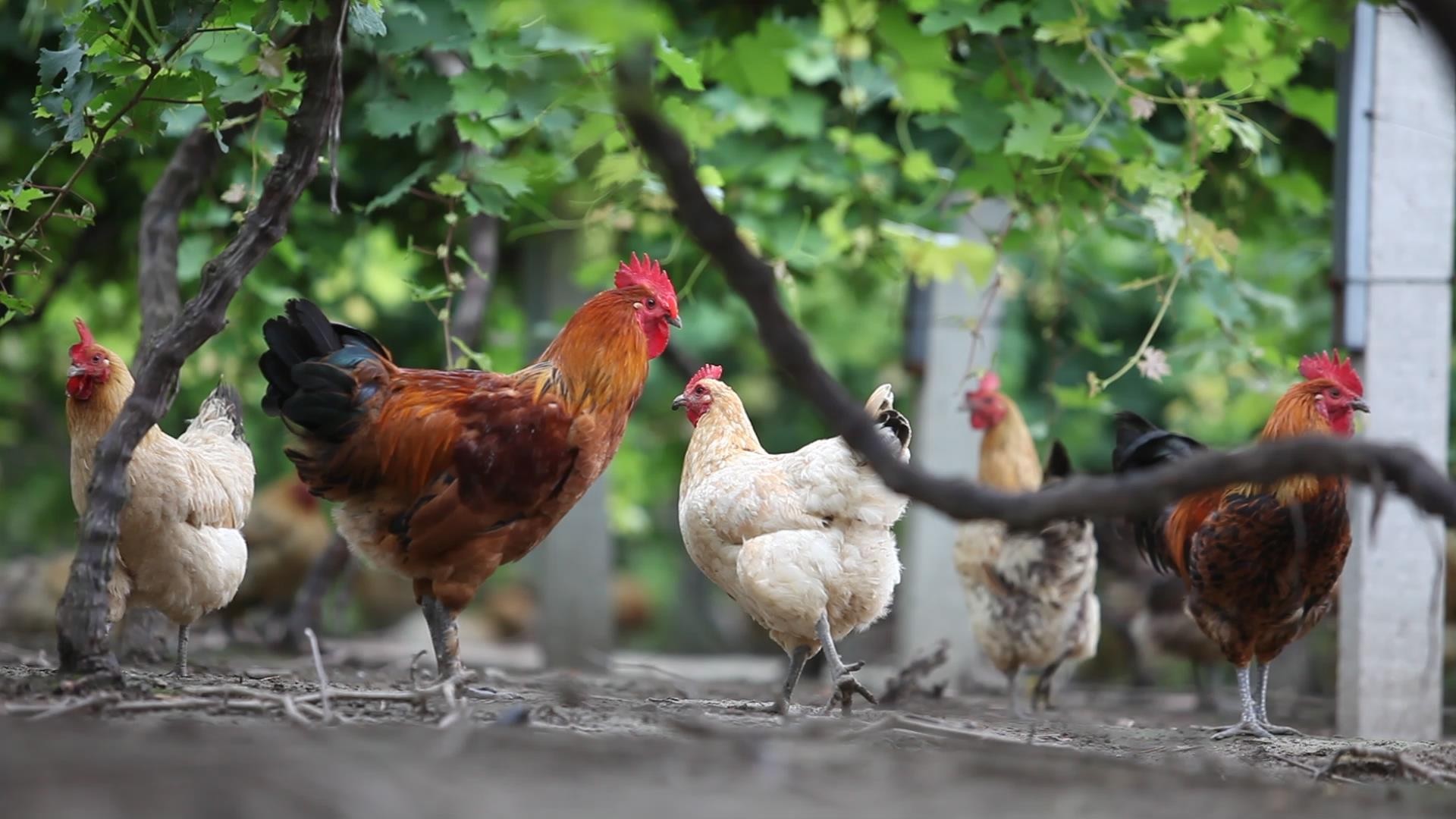
News briefing: Chickenpox

News briefing: Chickenpox
Fowlpox is a contagious disease caused by poxvirus. It occurs frequently in summer and autumn. It is mainly transmitted through skin lesions, of which mosquito bites are the main transmission factor for Z. At present, the mosquito gradually increased, the control of fowlpox should arouse enough attention. It is an acute, hot and contact infectious disease of chicken.
1. The epidemic
Characteristics of the disease is characterized by hairless or less hair parts of the skin acne and oral, laryngeal Mucosa formation of cellulose necrosis pseudomembrane. This kind of disease is easy to cause the epidemic in the large-scale chicken farm, to the young chicken harm is bigger. Chickenpox can occur in chicken flocks all year round, especially in autumn and winter. Generally in the autumn and early winter more skin-type fowlpox, in the winter is more diphtheria-type fowlpox. Chickenpox is also common in broiler flocks in summer. Flocks are susceptible to chickenpox regardless of age, sex and breed, but chicks and middle-aged chicks are susceptible and have a high mortality rate after chickenpox. Chickenpox is a traumatic infection of the skin or mucous membranes, but it can not be transmitted through healthy skin or through the mouth. Blood-sucking insects such as mosquitoes play an important role in the transmission of fowlpox. After sucking the blood of infected chickens, mosquitoes can carry the virus for up to 10-30 days, during which susceptible chickens are infected by infected mosquitoes. In addition, the chicken fights, pecking, mating and other causes trauma, chicken house overcrowding, poor ventilation, humidity, there are ectoparasites, lack of vitamins, etc. , can promote the occurrence and exacerbation of the disease.
2. Clinical symptoms and pathological changes
There are usually two types of chickenpox:
(1) dry type (skin type) : in the comb, face and wattles and other parts, there are small blisters and scabs.
(2) Moist: It infects the mucous membranes of the mouth and Larynx, causing APHTHA or yellow pseudomembrane. Skin-type chickenpox is more common, and wet-type chickenpox has a higher mortality rate (up to 50% , but usually not as high) . Both types may occur at the same time or independently; chickenpox can affect any age, but it usually affects adult and growing chickens in summer and autumn. The disease lasts for 2 to 4 weeks. Usually the death rate is not high, but the rate of laying eggs can be reduced by several weeks after the disease. In the early stage of the disease, a small hard gray nodule formed on the affected part of the chicken, protruding from the surface of the skin, forming a scab 1-2 days later, and peeling off the SCAB 7 days later. The sick chicks and chicks are listless, loss of appetite, weight loss, and even death. If the long pox in the eye, then tears, fear of light, eyelid adhesion and even blindness. Diphtheria-type fowlpox without obvious appearance symptoms, only the performance of breathing difficulties, often due to the mouth and throat parts of choking death, greater harm.
3. Main points of diagnosis: According to the characteristic skin lesion, the skin type fowlpox can be diagnosed, and the diphtheria type can be diagnosed by collecting the disease material from the lesion site and observing the inclusion body in the CYTOPLASM under the microscope.
4. Preventive Measures
(1) prevention. In addition to general preventive measures such as strengthening the health management of chicken flocks, the most reliable method for the prevention of chickenpox is vaccination, apply 100 ~ 200 times diluted with 50% glycerine saline or normal saline, use up on the same day. The method is as follows: dip the sterilized pen tip into the diluted vaccine solution, prick the seeds under the chicken wings without blood vessels, prick the seeds once for chicks over 6 days old with 200 times diluted solution, prick the seeds once for chicks over 20 days old with 100 times diluted solution; Chickens over 1 month old can be pricked twice with a 100 fold diluted vaccine. After inoculation, the seeds were slightly inflamed and crusted at 3 ~ 4 days, and the crusts fell off at 2 ~ 3 weeks, indicating the success of the seeds.
(2) prevention and control. Symptomatic treatment was used to relieve symptoms and prevent complications in diseased chickens. Remove the acne scab from the skin with clean forceps and apply iodine, red mercury or violet solution to the wound. Diphtheria fowlpox, can use forceps oral Mucosa of the PSEUDOMEMBRANE peeled, with L% potassium permanganate solution, with iodine glycerin, chloramphenicol ointment, cod liver oil and other smear affected part. If there is swelling in the eye and the eyeball is not damaged, squeeze out the caseous material accumulated in the eye, rinse with 2% boric acid or l% potassium permanganate, and then drop in 5% protein silver solution. In the treatment of chickenpox should pay attention to peeling off the PSEUDOMEMBRANE, acne scab or cheese-like material, should be burned or buried deeply, strictly prohibit littering, to prevent the spread of infection.
(3) take good anti-mosquito measures and pay attention to the cleanliness of the chicken coop and the environment.
Date of opening:1970-01-01 Shop address: Main products: Store certification time:1970-01-01 08:00:00
Store Name: Principal: Contact number: email: